How to Deal With Beetle
Summary
– Main characteristics :
– Life cycle of furniture beetles
– How is furniture beetle damage caused?
– Getting rid of a furniture beetle infestation
The furniture beetle is a wood-eating insect, in the same way as :
– termites;
– house longhorn beetles.
It is a member of the Anobiidae family, distinguished by its antennae’s characteristic shape and bonnet.
There are 4 main types of furniture beetle:
– the small beetle;
– the giant furniture beetle;
– the bread beetle;
– the bookworm.
Note: the bread beetle is an exception. It is a member of the Anobiidae family but is a polyphagous insect and not a wood-boring insect.
For example, the bread beetle does not live permanently in the wood, unlike the longhorn beetle. It drills holes to get in and out of the wood.
These holes are characteristic of old furniture.
All species of beetles are found in nature, of course. However, they also live in our homes, which can cause problems. If they increase over the long term, they can cause considerable damage.
They can destroy an old cupboard, floors, frames, chairs, spade handles, works of art, shelves, books etc.
Main characteristics:
The beetles’ eggs are milky white and very small, even invisible: between 0.4 and 0.6 mm.
The larva can be recognized by:
– it’s colour: yellowish white;
– its size: between 5 and 10 mm;
– its body: covered with hair.
The different types of beetles have some physical characteristics in common as adults:
– three pairs of legs ;
– one pair of mandibles;
– size: between 2 and 8 mm;
– elytra (carapaces covering the wings and raised during flight): covered with hair;
– antennae: reasonably long, with the last three articles longer;
– body: elongated;
– colour: reddish-brown to brown-black.
Generally, the female is larger than the male and lighter in colour.
Contact the professionals directly for a personalized quote.
The life cycle of furniture beetles
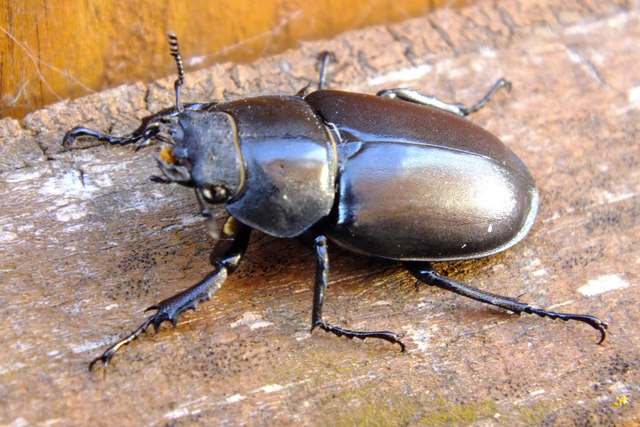
The adult furniture beetle enters houses by flying. The female beetle lays her eggs – between 20 and 200 depending on the species – in the summer in the wood.
Once the eggs have hatched, larval development can last from 9 months to 10 years. This depends on:
– the type of beetle;
– the conditions in which it develops:
◦ nature of the wood;
◦ humidity;
◦ temperature;
◦ presence or absence of fungi.
During this period, the beetle feeds by drilling into the wood. In this way, it digs extensive galleries that cross each other, and above all, damages your wood considerably.
At the end of this development, the furniture beetle is an adult. It then drills a hole in the wood (or foodstuff in the case of the bread beetle) and emerges.
Therefore, it is possible to notice its presence thanks to the flight holes that appear in the wood. Being able to fly and attracted by light, the beetles can also be seen at the edges of windows.
Once adult, the furniture beetle no longer feeds. They concentrate on reproduction. This is why its life span is limited: usually 4 weeks.
Good to know: the various types of furniture beetles can live together.
Beetle: why is it harmful?
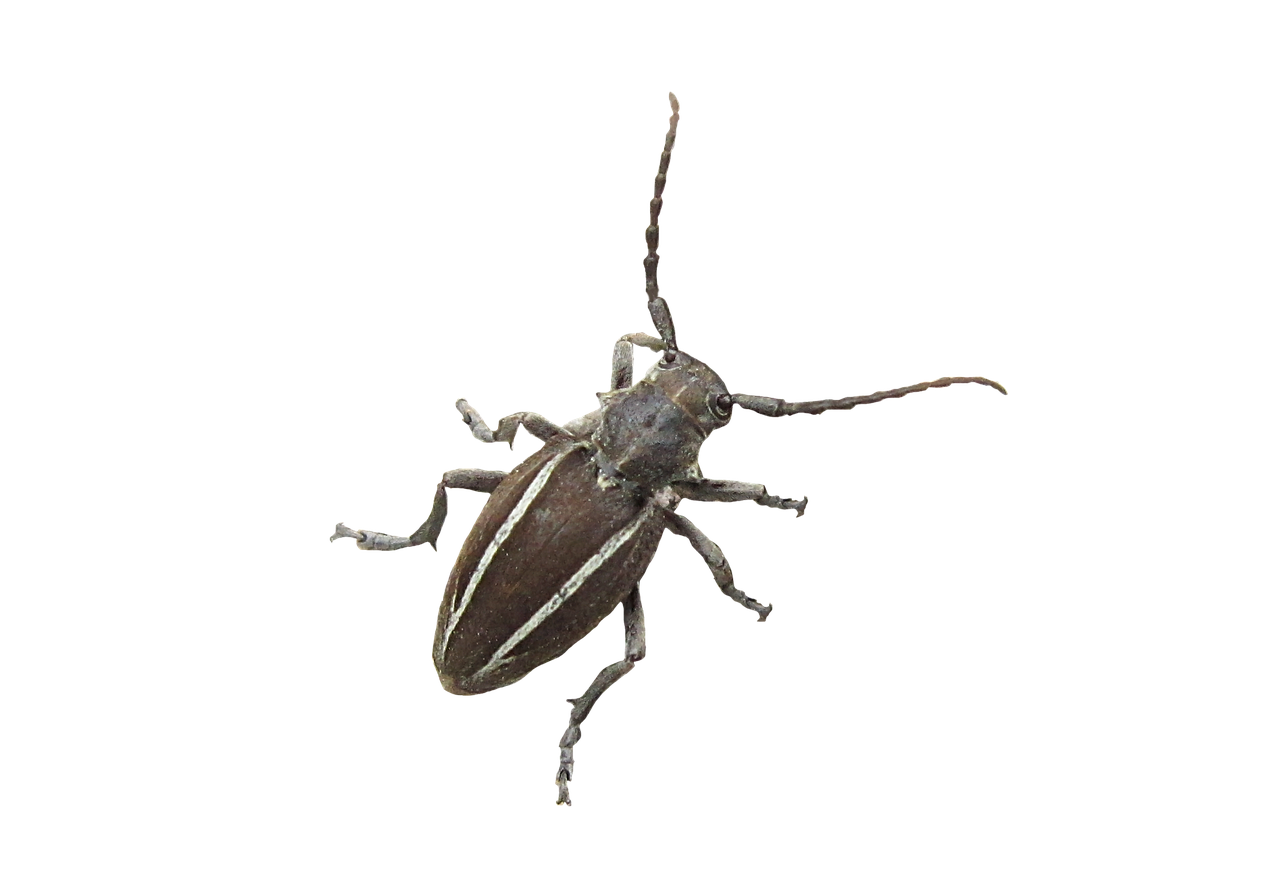
Depending on the species concerned, the furniture beetle can attack:
– wood in furniture, frames and floors:
◦ whether deciduous or coniferous;
◦ preferably attacked by fungi.
– foodstuffs;
– books, paper and cardboard.
If it proliferates, it can ravage your furniture and frames. The damage can be severe.
Beware: the galleries dug by the beetles in the wood are often filled with “sawdust”, which serves the holes and gives the impression that the wood is not severely attacked. It would be best to use a hammer to remove this waste, and the extent of the damage can be seen.
Getting rid of a furniture beetle infestation
Each type of beetle does additional damage in different places. The key is to identify the beetle you are dealing with and refer to the page on that beetle for information on how to deal with it.
While private individuals can deal with some infestations, they often require the intervention of a pest control company.

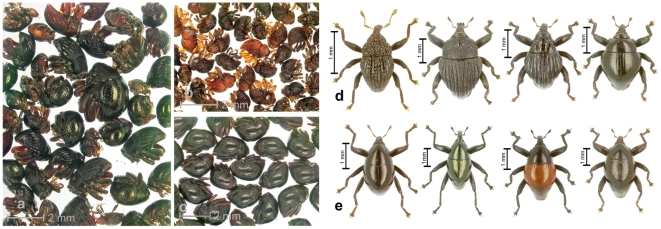
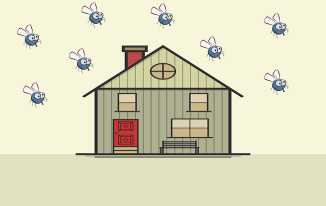

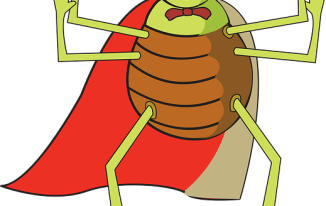
Pingback: How to Get Rid of Bed Bugs - Love 4 Cleaning Blogs